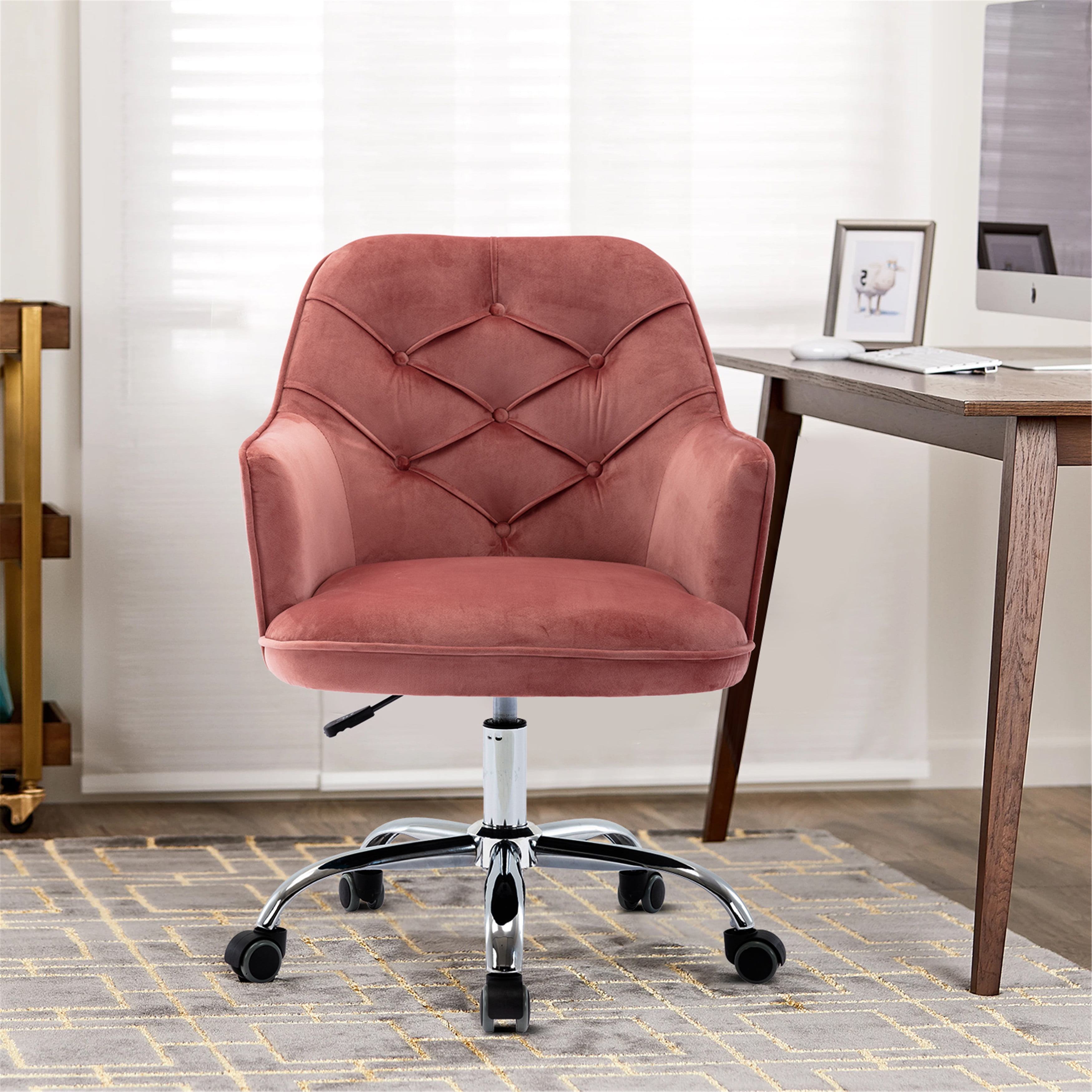Target Rolling Desk Chair

Maintaining your Target rolling desk chair is key to ensuring its longevity and comfort. Proper care will prevent premature wear and tear, keeping you seated comfortably for years to come. This guide will cover cleaning methods, troubleshooting common issues, and extending the lifespan of your chair.
Cleaning and Maintaining Different Materials
Different chair materials require different cleaning approaches. Using the wrong method can damage the fabric or finish. The following table summarizes appropriate cleaning techniques:
| Material | Cleaning Method | Additional Notes |
|---|---|---|
| Fabric (e.g., mesh, cloth) | Vacuum regularly with a soft brush attachment. Spot clean spills immediately with a damp cloth and mild detergent. Allow to air dry completely. | Avoid harsh chemicals or abrasive cleaners. For stubborn stains, consider a fabric cleaner specifically designed for upholstery. |
| Leather or Leatherette | Wipe clean with a damp cloth and mild leather cleaner. Avoid excessive moisture. Condition leather regularly with a leather conditioner to maintain its suppleness and prevent cracking. | Test any cleaner on an inconspicuous area first to ensure it doesn’t damage the finish. |
| Vinyl | Wipe clean with a damp cloth and mild soap. Avoid harsh chemicals or abrasive cleaners. | Vinyl is generally durable but can be scratched easily; use a soft cloth. |
| Mesh | Vacuum regularly with a soft brush attachment. Spot clean spills immediately with a damp cloth and mild detergent. Allow to air dry completely. | Avoid harsh chemicals or abrasive cleaners. For stubborn stains, consider a fabric cleaner specifically designed for upholstery. |
Troubleshooting Common Problems, Target rolling desk chair
Several issues can arise with Target rolling desk chairs. Addressing them promptly can prevent further damage.
Target rolling desk chair – Problem: Squeaking noises from the chair mechanism.
Apply a silicone-based lubricant to the moving parts of the chair mechanism. This often resolves squeaking noises. Be sure to follow the manufacturer’s instructions and only use an appropriate lubricant.
Problem: Wheels not rolling smoothly.
Check the wheels for debris or obstructions. Clean the wheels and the floor beneath them. If the problem persists, consider replacing the wheels (see below).
Problem: Chair tilting or instability.
Check the chair’s base for any damage or loose screws. Tighten any loose screws or replace damaged parts as needed. Ensure the chair is on a level surface.
Problem: Fabric or upholstery wear.
Regular cleaning and avoiding excessive exposure to sunlight can help prevent premature wear. For significant wear, replacement upholstery might be necessary; this usually requires professional help.
Extending the Lifespan of Your Chair
Regular maintenance significantly extends your chair’s life. Avoid placing heavy objects on the chair’s arms or back. Keep the chair away from direct sunlight and excessive heat or moisture. Rotate the chair periodically to distribute weight evenly and prevent uneven wear.
Replacing Worn-Out Parts
Replacing worn-out parts is often straightforward. For example, to replace a wheel, typically you need to locate a release mechanism, often a small lever or button, on the wheel’s base. Depressing this mechanism will allow the wheel to be removed. The new wheel is then inserted into the same slot and the release mechanism is released, securing the new wheel in place. Casters are usually replaced in a similar fashion, though the specific mechanism may vary depending on the chair model. Always consult your chair’s manual for specific instructions.
